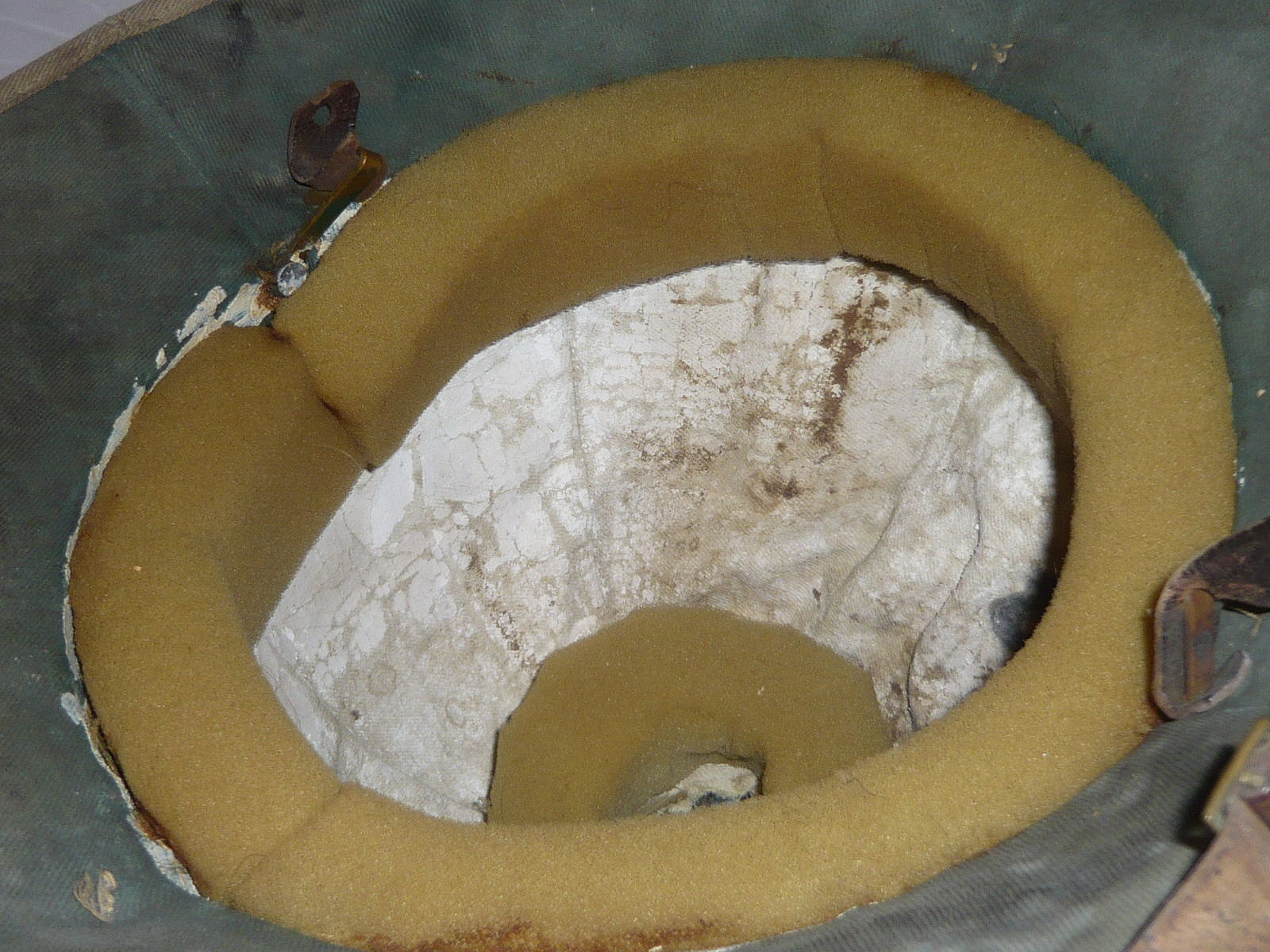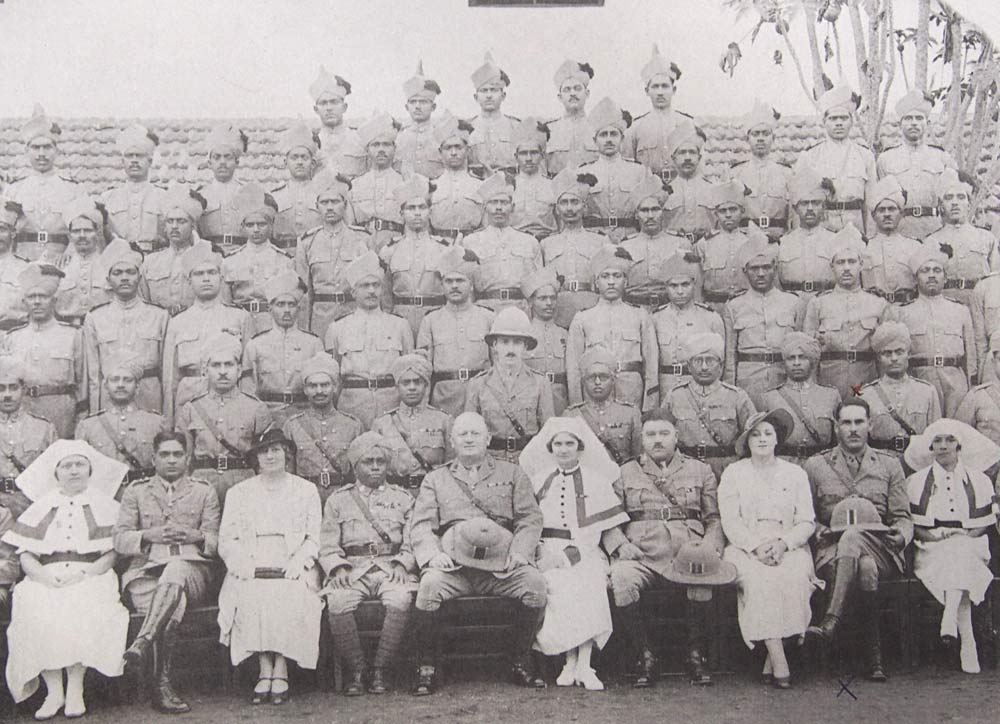 While not a “fighting unit” in the traditional sense, the Indian Medical Service (IMS) was a military medical service in British India. Many of its officers, who were both British and Indian, served in civilian hospitals and the unit saw service in both World Wars – with many of its doctors heading to the front lines with the Indian Army. Continue reading
While not a “fighting unit” in the traditional sense, the Indian Medical Service (IMS) was a military medical service in British India. Many of its officers, who were both British and Indian, served in civilian hospitals and the unit saw service in both World Wars – with many of its doctors heading to the front lines with the Indian Army. Continue reading
Category Archives: British
A Rare Attributed Wolseley
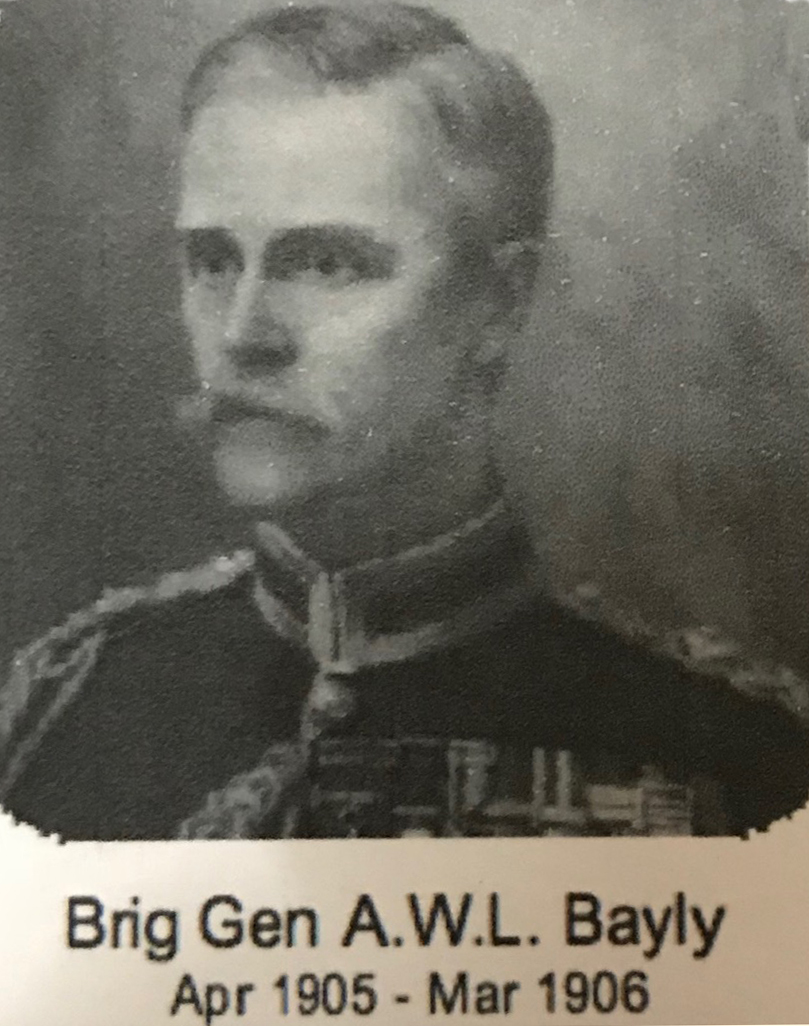 Alfred William Lambart Bayly was born 18th February 1856 in Paisley, Scotland. Educated at Wellington College, Berkshire, England and gazetted as Lieutenant to the 108th Foot 13th June, 1874. He moved to the Bombay Staff Corps 1879 and passed through Staff College in 1893.
Alfred William Lambart Bayly was born 18th February 1856 in Paisley, Scotland. Educated at Wellington College, Berkshire, England and gazetted as Lieutenant to the 108th Foot 13th June, 1874. He moved to the Bombay Staff Corps 1879 and passed through Staff College in 1893.
The photo above shows Gen Bayly after his appointment to Commandant of the Indian Staff College at Quetta.
He served in the Afghan War of 1880-1881 and was awarded the Afghanistan medal with Kandahar clasp. He also served in the Sudan, 1885 and Burma, 1886-7 earning medals with clasps and The Companion of the Distinguished Service Order. He was made commander of the 126th Bombay Infantry (Baluchistan) Regiment in 1896 and fought in the 2nd Boer War once again being decorated , mentioned in despatches and was made a Companion of the Bath.
Marketing of Sun/Pith Helmets
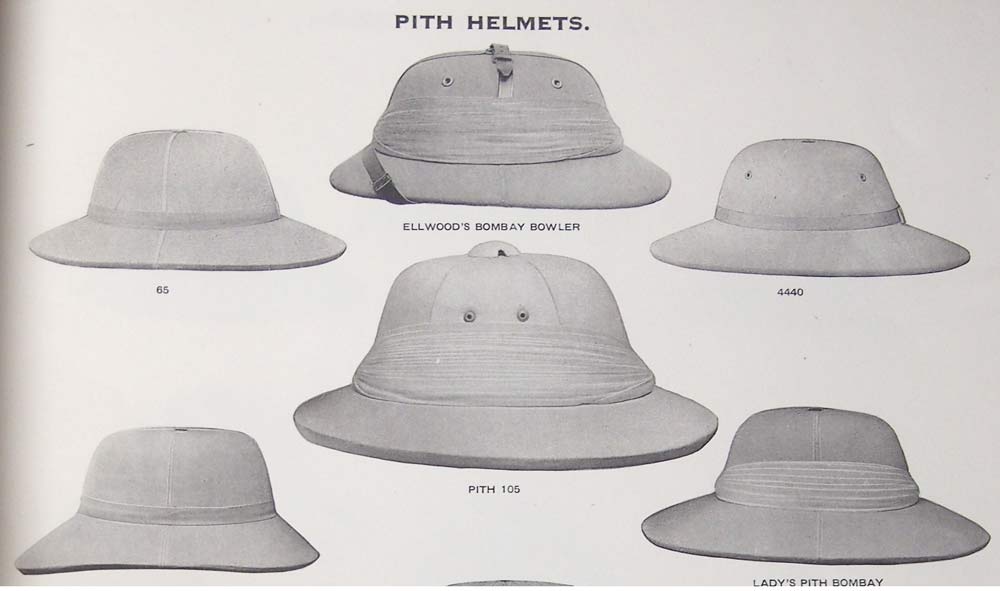
While today everyone pretty much buys everything on Amazon.com or some other online retailer back not all that long ago catalogs provided a way for people to browse products from the comfort of their homes. This interwar catalog from Ellwood Hats Ltd. successors to J. Ellwood & Sons of London shows how sun/pith helmets were marketed.
The Proto-Sun Hats of the Far East
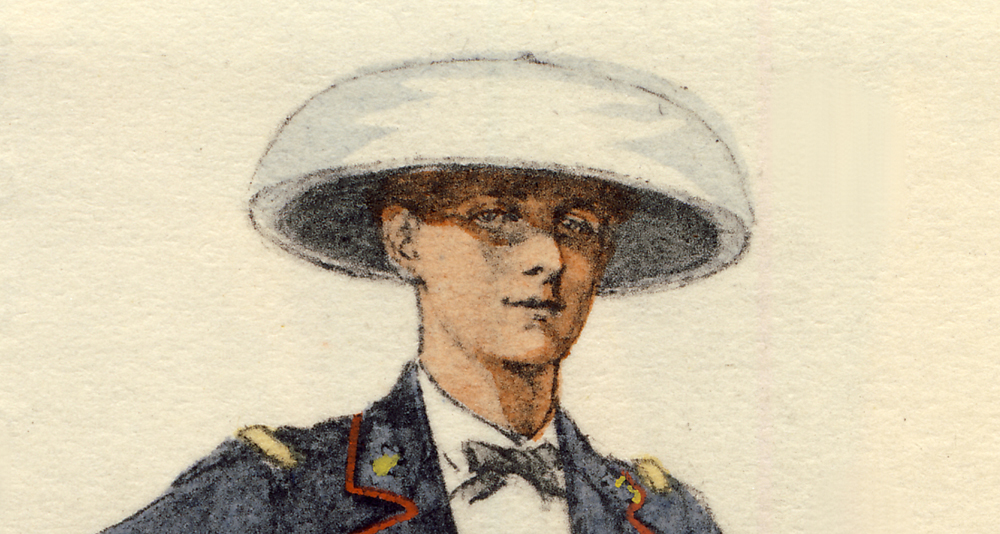
It is a hat or form of headgear known by many names. It is known as a “salakot” in the Philippines, the “salacco” in Southeast Asia, and at times even described as the “Planters Hat” in British India. It is a type of a Asian “conical hat,” which we have written about in detail in the past, but its history in use by the colonial masters of Asia has largely been overshadowed by the sun/pith helmet. Continue reading
From Bengal to Scotland Yard, The Heir of the Air Pipe: Origins of the British Police Helmet, the Indian Connection
 Figure 1. Top left, an Ellwood & Sons ‘Air Chamber’ military sun helmet, patented 1851, following traditional Indian designs it has a light weight cork construction, is cloth covered and has an ‘air pipe’ comb allowing air to freely circulate in the dome. Top right, a ‘Custodian’ police helmet by Christys & Co ltd (1952), uses almost identical construction methods; a version of this basic design was introduced in 1863 and was the only Custodian type for at least 10 years. Bottom left, a development of the sun helmet; a Christys & Co Ltd, late 1800s Colonial Pattern Sun Helmet. Bottom center, the attached Christys label. Bottom right, a near identically constructed police helmet, again by Christys, offered to the police as an alternative ‘Custodian’ style in the mid 1870s.
Figure 1. Top left, an Ellwood & Sons ‘Air Chamber’ military sun helmet, patented 1851, following traditional Indian designs it has a light weight cork construction, is cloth covered and has an ‘air pipe’ comb allowing air to freely circulate in the dome. Top right, a ‘Custodian’ police helmet by Christys & Co ltd (1952), uses almost identical construction methods; a version of this basic design was introduced in 1863 and was the only Custodian type for at least 10 years. Bottom left, a development of the sun helmet; a Christys & Co Ltd, late 1800s Colonial Pattern Sun Helmet. Bottom center, the attached Christys label. Bottom right, a near identically constructed police helmet, again by Christys, offered to the police as an alternative ‘Custodian’ style in the mid 1870s.
The Roman Air Tube Helmet: The Origins of the British Sun Helmet
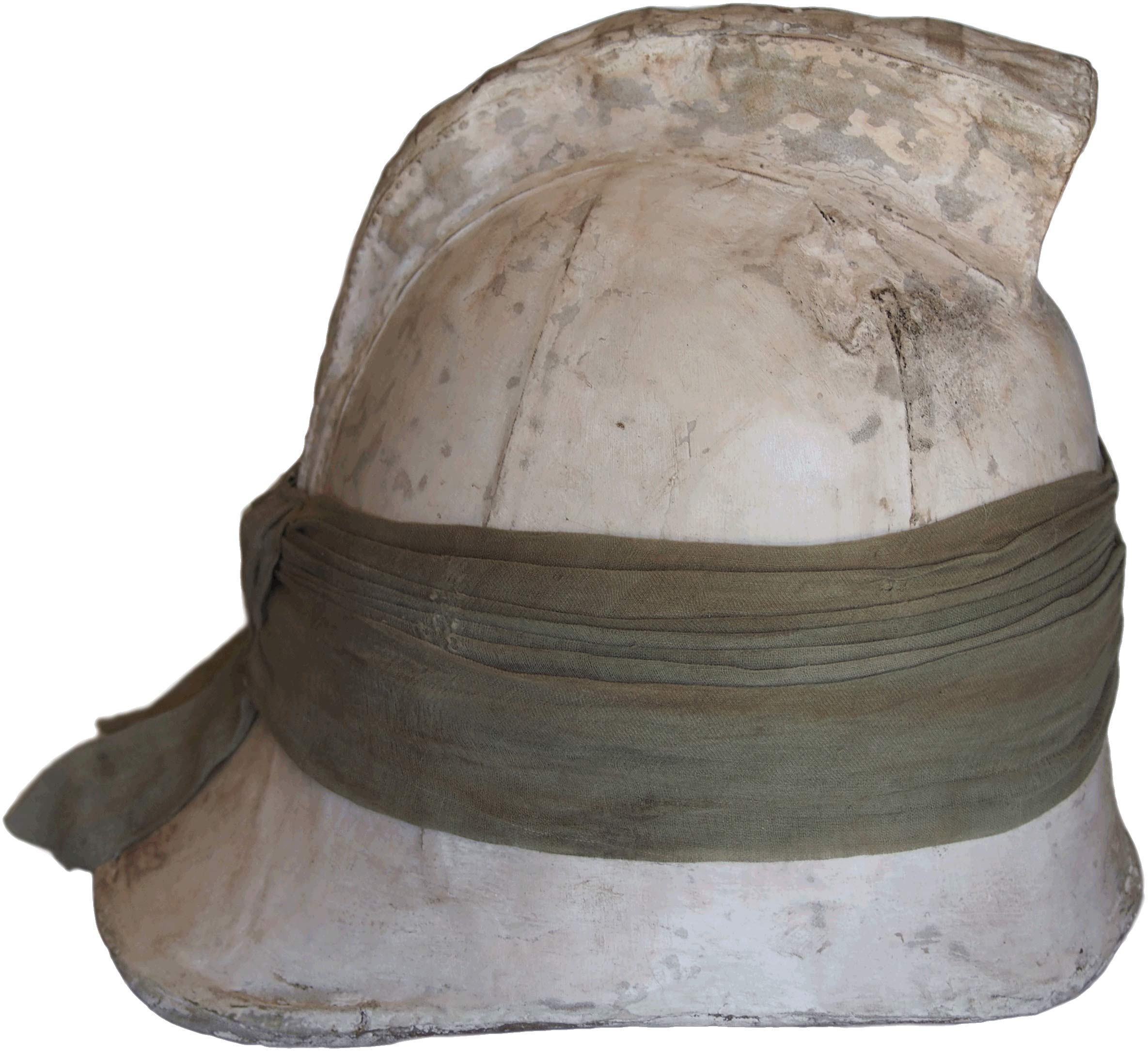
The Ellwood and Sons’ “Roman” Air Tube design was among the first British-made sun helmets. Its design came about largely as a result of Great Britain’s expanding empire in India and parts of Africa. It was in many ways an answer to locally made helmets, which were increasingly necessary due to the tropical heat of the subcontinent.
By the time of the Indian Mutiny, which began in 1857, the British had already had a presence in India for well more than 200 years yet it wasn’t until the 1840s – coinciding with the effects of the end of the Little Ice Age in Europe – that serious consideration was given to making uniforms and headdress more comfortable for wear in hot weather.
The Ugly Duckling Or The Transformation Into a Beautiful Bird – With A Name.
The helmet described in this article had been on offer on a certain internet auction platform at the UK for at least two years, headlined as “Vintage Pith Helmet World War 1 WW1 British Army First Please see photo” – The seller´s hint to see the photo first made sense: Many collectors probably have clicked to open the page and closed it immediately after having seen a helmet, filled with yellow foam – besides being offered at a price that was anything but a bargain. Continue reading

